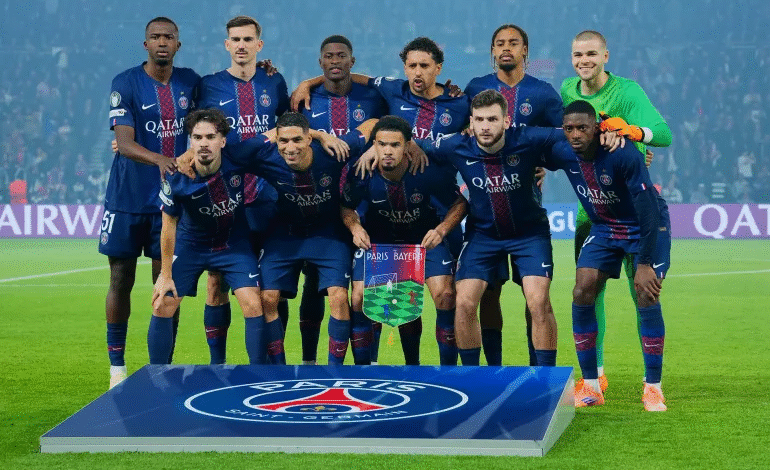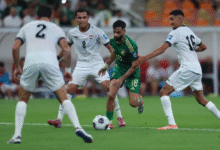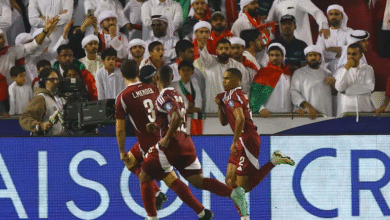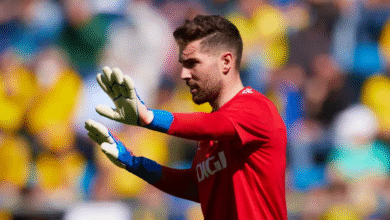Paris Saint-Germain’s Youth Revolution: How a Bold Strategy Delivered European Glory

Paris Saint-Germain stole the spotlight last season—both in Europe and around the world—not only by securing their historic first UEFA Champions League title and reaching the FIFA Club World Cup final, but also through a bold new strategic shift built around young, homegrown talents. This new philosophy proved its worth on the pitch, validating the club’s long-term vision and affirming the success of PSG’s modern sporting project.
The transformation marks a defining moment for the French club. After more than a decade of high-profile, big-money signings, PSG is now relying heavily on its state-of-the-art training campus, a €350 million (approx. $403 million) investment designed to develop the club’s future through its own talent pipeline.
Located on the outskirts of Paris, the campus brings the men’s, women’s, and youth teams under a single roof—symbolizing the shift toward nurturing local talent and cultivating a unified club philosophy.
A New Identity Takes Shape
This season alone, five academy players—Warren Zaïre-Emery, Senny Mayulu, Noah Camara, Ibrahim Mbaye, and Quentin Ngantcha—made the jump to the first team. In May, PSG fielded the youngest starting XI in their history against Montpellier with an average age of just 21 years and 251 days. The Champions League-winning squad was also the second youngest in tournament history, averaging 24 years and 110 days—only slightly older than Ajax’s iconic 1994/95 team.
Two standout academy prospects shattered club records:
- Zaïre-Emery started a senior match at just 16 years, 4 months, and 29 days.
- Mbaye followed closely at only two months older.
This youth-driven approach represents a major shift from the era that began in 2011, when Qatar Sports Investments acquired the club and transformed PSG into one of Europe’s biggest spenders. Despite signing global stars like Zlatan Ibrahimović, Neymar, Kylian Mbappé, and Lionel Messi, European success remained elusive—until now.
The Three Pillars of PSG’s New Project
Academy director Yohan Cabaye outlined the framework guiding the new training campus, completed in January 2024. The project rests on three core pillars:
- Sporting development
- Education
- Personal growth
Cabaye reaffirmed this mission after a recent visit from France’s Labor Inspectorate, which reviewed alleged management issues within the academy. “We have nothing to hide,” he said. “Ambition comes with high expectations. The priority is our core mission.”
Proximity between the academy and the first team is central to PSG’s vision. Sporting director Luis Campos explained:
“We want our youth teams to understand the principles used by the first-team coach. When they step up, they should already know our pressing and possession style.”
To create space for academy talents, PSG deliberately reduced the size of the senior squad.
Campos elaborated:
“This is not charity. The team is structured around 14–15 versatile players, leaving room for 6–7 academy players who earn their place.”
A Financial and Sporting Imperative
The shift comes amid economic pressure on French football, particularly due to declining domestic broadcast revenues. For PSG, internal talent development is now both a strategic advantage and a financial necessity.
“This is only the beginning,” Cabaye insisted. “We may be celebrating 50 years, but this project is the start of something much bigger.”








